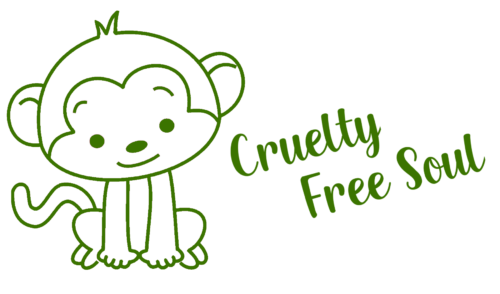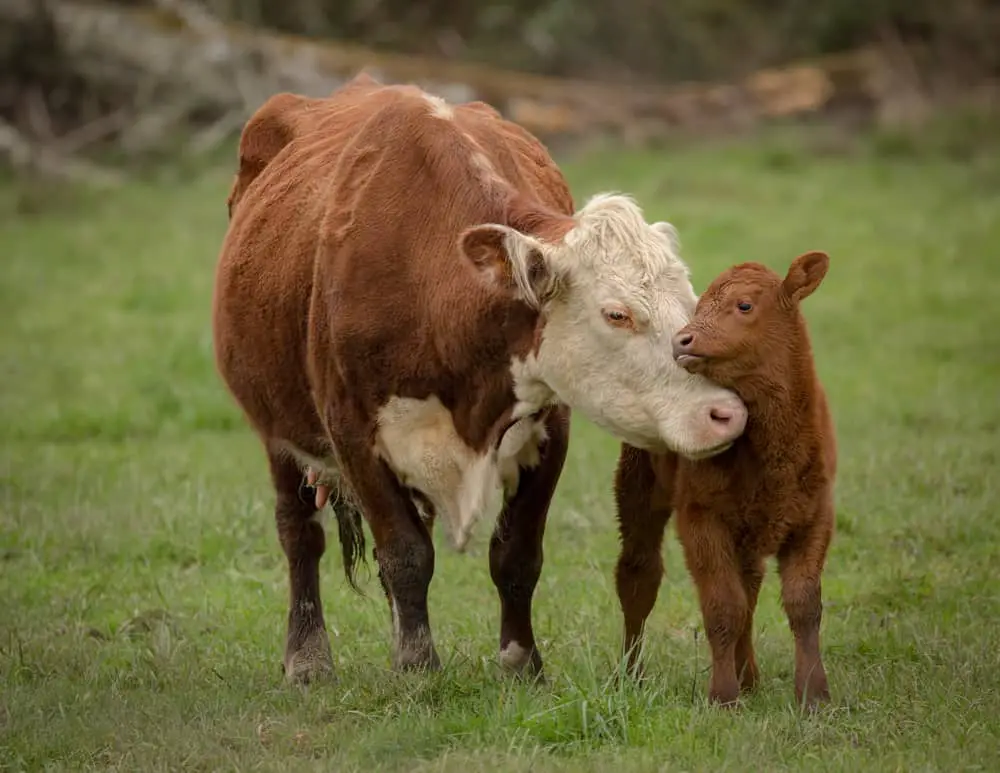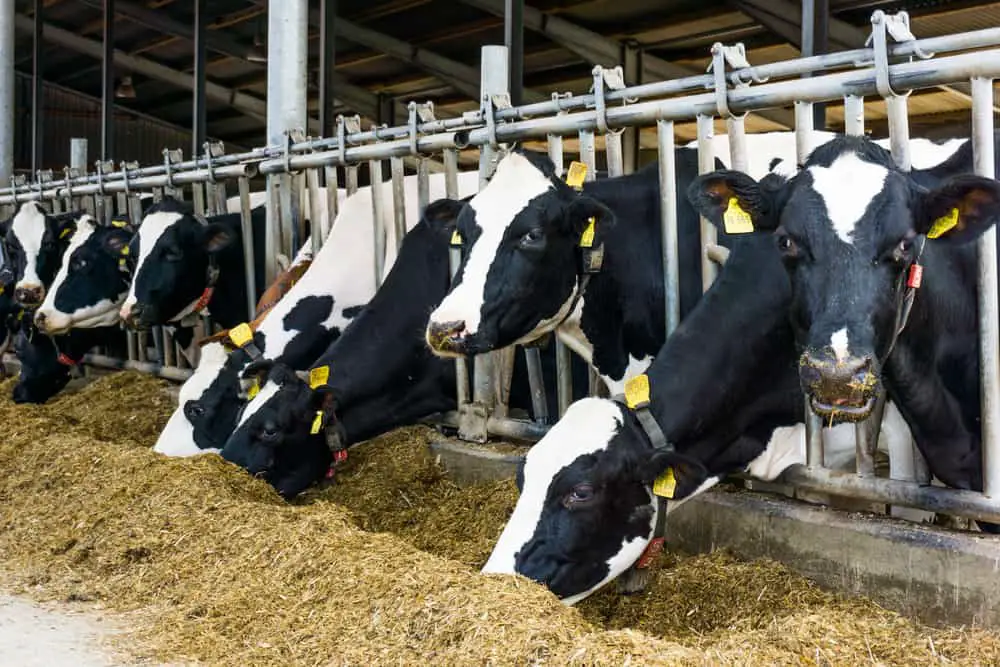Cheese is not just something we eat – it forms part of our culinary culture.
Up until recently, it has been considered an ethical product to eat because no animals are killed in the process.
But today, the dairy industry is being exposed and crueler than we thought.
In general, it is cruel to eat cheese because of how the cows are mistreated in the milking process. Females are immediately separated from their calves at birth and confined to a small cage to be milked until their next pregnancy. Calves are either sold for beef or bound to the same fate as their mothers.
It is important to remember that cows are sentient beings who attach deeply to their young. So even if no animals die in the making of cheese – the suffering that they have to endure is so cruel.
We will break down and explain what happens in this article. In the end – it's up to you to make the right decisions.
The Cruelty Behind the Cheese
Animal rights activists are doing a stellar job at exposing the cruelty behind the dairy industry – and it’s made the topic of cheese increasingly controversial. If we want to understand why cheese is cruel, we need to start by looking at milk production first.
For the most part, female cows fall pregnant through artificial insemination. There is some debate around whether this practice is cruel, but it’s not a bad option from a pragmatic standpoint.
As long as it’s conducted hygienically and with a trained professional, it’s a lot less traumatic and painful for the females than being mounted by a bull.
Unfortunately, things don’t get better from here. Once a female has given birth to her young – they are immediately separated so she can be milked. Separation at birth doesn’t only cause emotional distress, but developmental issues later on.
Finally, dairy cows produce an average of 22 liters of milk a day – so they need to be milked very frequently. Excessive milking often leads to bacterial infections that can cause lameness in the cows.
Separation at Birth
The gestation period of a cow is nine months, similar to a human’s. The calf and mother are then separated within the first 24 hours.
Separating the cow so quickly after birth is thought to reduce separation distress, but despite the attempt to minimize the cruelty of separating the pair, many cows cry out for days after the pair are separated.
The stress from the separation can cause noticeable depressive characteristics such as loss of appetite. A study on the long-term side effects of maternal deprivation has shown that calves separated from their mother at birth have the inability to cope naturally with stressful situations.
Whether the calf is a male or female can decide its fate. A male cow may be slaughtered on the spot and deemed useless, with some dairy farms even selling their calves off as veal. If the male is lucky, then it may be raised to an adult and then sold for slaughter as a beef cow.
Either way, its outlook is bleak.
If born a female, the cow will ultimately suffer the same fate as its mother and will likely be artificially inseminated herself at the young age of 15 months.
Quality of Life
The living conditions of dairy cows vary depending on the farm, but many live indoors in small pens that restrict them from turning around completely. These little pens often restrict the cows from moving forwards or backwards. Pen types used most commonly in the dairy industry to house cows include the following:
Infection and Lifespan
The combination of growth hormones paired with inactivity result in a very unhealthy cow. Often spending most of their lives standing on a concrete floor, many dairy cows develop infections in their hooves that cause lameness.
According to a study, up to 52% of each herd of dairy cows are treated for lameness during their life.
Infections often go unnoticed until it is too late, causing the cows immense pain. Keeping cows confined to such small spaces is done strategically, however, cows destined for slaughter for beef are kept as immobile as possible to keep their meat tender. It also allows for more cows to be housed under one roof.
A normal cow has an average life expectancy of 15-20 years. In contrast, a dairy cow’s life is much shorter – between four to seven years. The shortened lifespan is due to either disease, lameness, or decreased milk production, with the longevity of a cow’s ability to produce milk depending on several factors, including its age when first inseminated.
Once a cow cannot produce milk at an acceptable rate – it is either slaughtered or discarded. Cows that are ill are often discarded as their meat is considered tainted.
Transportation of cattle is expensive, so even if the cow is healthy enough to be sold for beef, it may be slaughtered due to a cost-benefit analysis.
Painful Milk Production
Mastitis
Mastitis is a common disease amongst dairy cows. Mastitis is a painful inflammation of the mammary glands. Alongside lameness, mastitis is one of the most commonly cited reasons for sending a dairy cow to slaughter.
When paired with a filthy living environment, mastitis can be incredibly painful and lead to pus production.
The same pus that helps fight a cow’s infection ends up in your cheese.
According to one article, the FDA allows up to 750,000 cells of pus per liter of milk.
Approximately two-thirds of all dairy milk produced contains pus, and since dairy milk is combined in a large holding tank for processing, almost all dairy products on the market contain pus.
We know you might be concerned about the milk you’re using right now, and we understand. It can be daunting to hear that cheese is made using unethical methods. But there are alternatives to consider.
One of the best ways to source cruelty-free cheese is by supporting your local, organic farmers. Do some research, and you’re bound to find farms that support the ethical manufacturing of dairy products near you. You can learn all about this here: Can Milk Be Cruelty-Free
Finally, you can also look at vegan alternatives that use a base of nuts (for the most part). While this doesn’t always taste exactly like cheese – it can come close!
Conclusion
Consuming cheese does not come without its consequences. Mainly, cows are the ones who pay the price, going through artificial insemination, separation, and a painful process throughout.
The cruelty inflicted on dairy cows should be enough for you to conclude that consuming cheese is unethical.
Luckily there are organic options and cheese alternatives that you can look into buying. Even if they don’t taste identical – it’s really close. The more people choose vegan options, the better our cruelty-free cheese alternatives will become.


